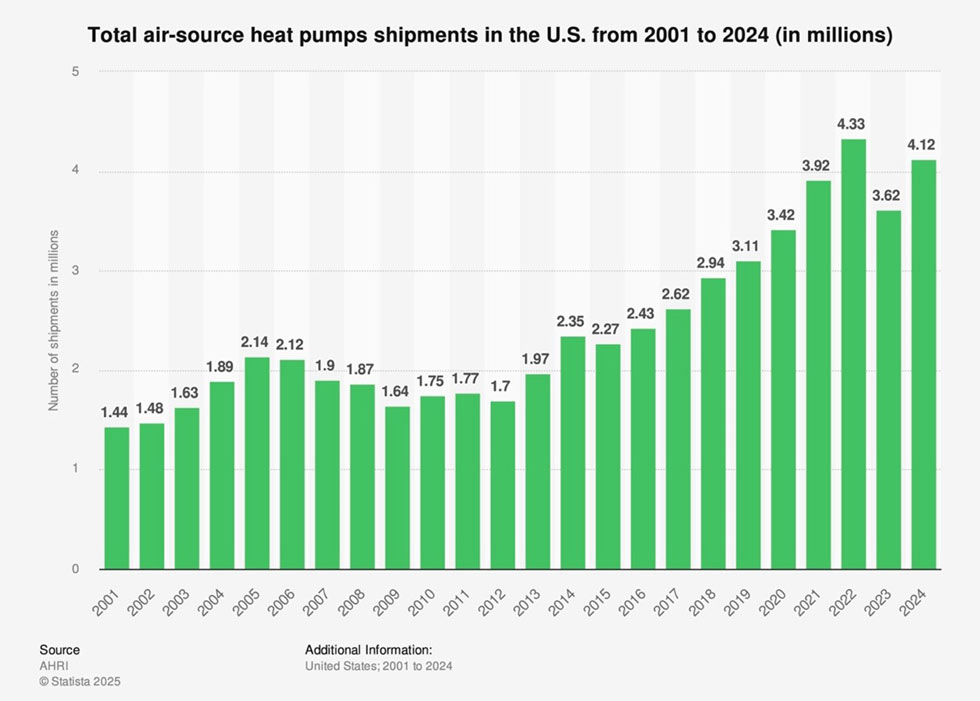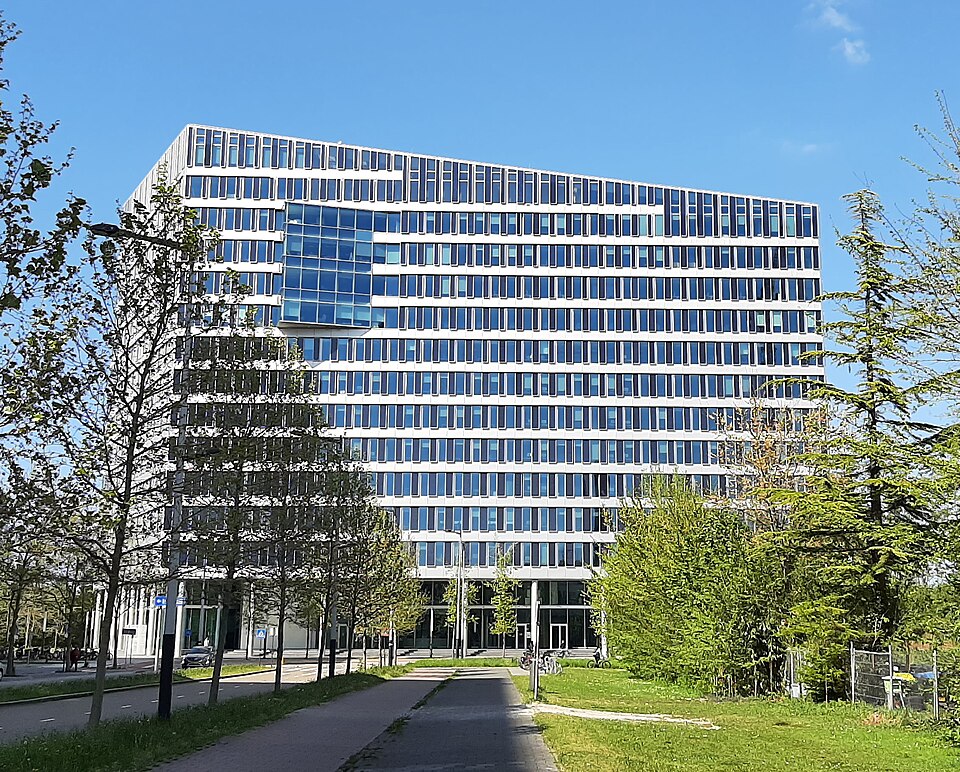Integrating renewable energy into building HVAC systems

Integrating renewable energy into heating, ventilation, and air conditioning (HVAC) systems redefines the landscape of building climate control. Driven by the urgent need to reduce carbon emissions and improve energy efficiency, engineers are leveraging solar, wind, and geothermal technologies alongside advanced heat pumps, smart controls, and hybrid system architectures.
This article provides an overview of these innovations, supported by real-world installation examples to demonstrate feasibility and impact.
The Foundations of Renewable-Integrated HVAC
Solar energy is the most widely adopted renewable source in HVAC applications. Photovoltaic (PV) panels convert sunlight into electricity, directly powering HVAC components such as heat pumps and air conditioning units. Solar thermal collectors, meanwhile, can provide hot water or air for heating purposes, reducing reliance on electric or gas-powered boilers. Air source heat pumps (ASHP) have become particularly popular, with the number of units shipped doubling over the last 20 years as shown in the chart.

The main factors driving this rapid growth are summarized in the table. From the consumer perspective, the U.S. federal government’s offer of up to $2,000 in tax credits for heat pump installations through 2032 significantly reduces upfront costs and is considered a key factor driving the trend.
Major factors driving growth of air source heat pumps
| Driver | Impact on Market Growth | |
| Government incentives | Reduces upfront costs, accelerates adoption | |
| Energy cost increases | Boosts demand for efficient, cost-saving energy sources | |
| Emissions and climate policies | Aligns with decarbonization and sustainability goals | |
| Technology improvements | Expands suitability, improves performance and reliability | |
| Urbanization and construction | Increases installations in new and retrofit projects | |
| Consumer awareness | Shifts preferences toward eco-friendly technologies | |
| Installation ease and versatility | Broadens market, especially for air-to-air models |
Advances in PV efficiency and lower costs have made solar-powered HVAC systems increasingly viable for homes and businesses. When paired with energy storage, they ensure reliable operation even with low sunlight.
Though less common for individual buildings, wind energy aids grid decarbonization. Buildings with turbines or access to a green grid can use renewable power for HVAC, lowering emissions. In some places, geothermal heat pumps can use the Earth’s steady subsurface temperatures for efficient, stable heating and cooling by circulating fluids through underground loops.
Modern heat pumps, especially cold-climate models, achieve high COPs (3–5) by transferring heat instead of generating it. When powered by renewables, they offer low-emission climate control.
Smart controls enhance efficiency by adjusting HVAC settings based on energy availability, occupancy, and weather. Demand response systems shift loads to periods of high renewable output or low demand, while hybrid systems combine sources like solar, geothermal, and traditional energy for flexible, resilient operation. In the low-power parts of HVAC systems, micro-energy harvesting may power remote sensors to reduce battery dependency and reduce system maintenance.
Four Real-World Examples of Renewable-Integrated HVAC Installations
- The Edge Building, Amsterdam – The Edge integrates solar panels, geothermal heat pumps, and aquifer thermal energy storage into its HVAC system, cutting energy use by 70% compared to similar buildings. It's energy-positive and uses smart controls to optimize HVAC based on occupancy and weather, aligning with BREEAM standards.

- John J. Sbrega Health & Science Building, MA – This Bristol Community College building combines a geo-exchange system, a 3.2 MW solar array, heat recovery wheels, ductless fume hoods, and natural ventilation to achieve net-zero energy consumption.
- Bahrain World Trade Center – The building features three 29-meter wind turbines that generate 221 kW each. While not directly powering HVAC systems, they reduce demand on them and contribute to shading, decreasing cooling loads. A smart energy management system balances wind power with grid and backup sources.
- The Bullitt Center, Seattle – This net-zero energy building uses a rooftop solar array and advanced heat pumps to power an all-electric HVAC system. Energy recovery ventilation and smart controls enhance efficiency, demand response, and energy storage integration.
Technical and Economic Considerations
Renewable HVAC systems benefit from stable power and advanced controls, extending service life and reducing maintenance. While retrofitting can be costly and complex, new adapters and financial incentives are improving feasibility. Climate suitability guides the choice of renewable sources - solar for sunny regions, wind for breezy areas, and geothermal for year-round performance.
Despite higher upfront costs, operational savings, lower energy bills, and fewer emissions penalties ensure that these systems are cost-effective long-term. Their adoption is also future-proofing buildings against rising energy prices and regulations.
Smart Grids and Advanced Controls
Smart grids and automation match HVAC loads with renewable supply, enable demand response, lower peak demand, and support diagnostics and predictive maintenance -boosting reliability and performance.
Trends and Innovations
Variable Refrigerant Flow (VRF) systems offer efficient, zoned temperature control, saving up to 30% energy when powered by renewables. Pairing HVAC with battery or thermal storage maximizes on-site energy use and ensures comfort during outages. Policy support and evolving codes of practice are driving adoption, especially in new builds and retrofits.
Enabling Technologies: Power Semiconductors and Smart Sensors
Amongst others, power semiconductors and smart sensors are enabling component technologies for efficient energy conversion and distribution, and power management in renewable energy systems. Wide bandgap materials like SiC and GaN improve performance and reduce losses in power transistors, enabling more compact and efficient designs, and AI is not only optimizing sensor performance but also enabling systems to respond to both current and predicted changes in environmental conditions.


